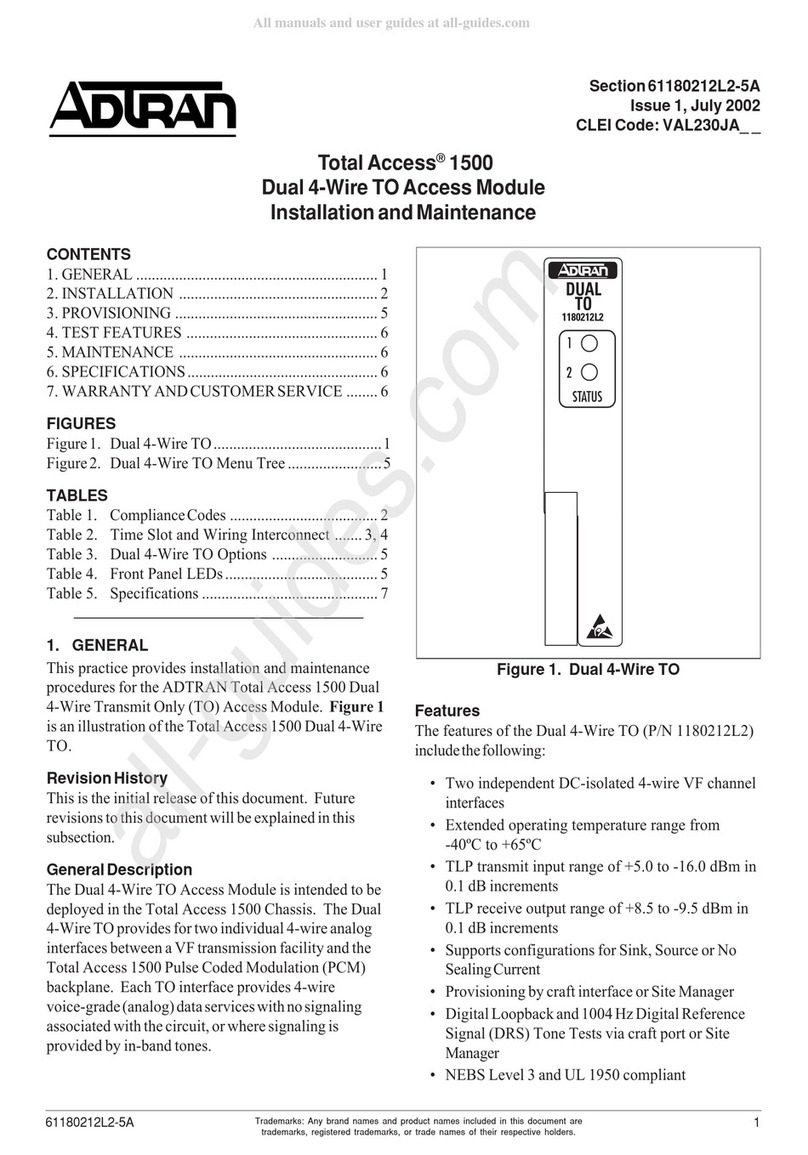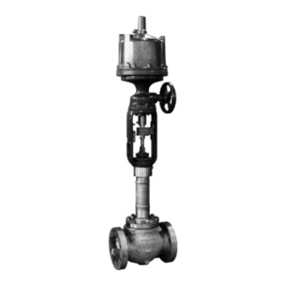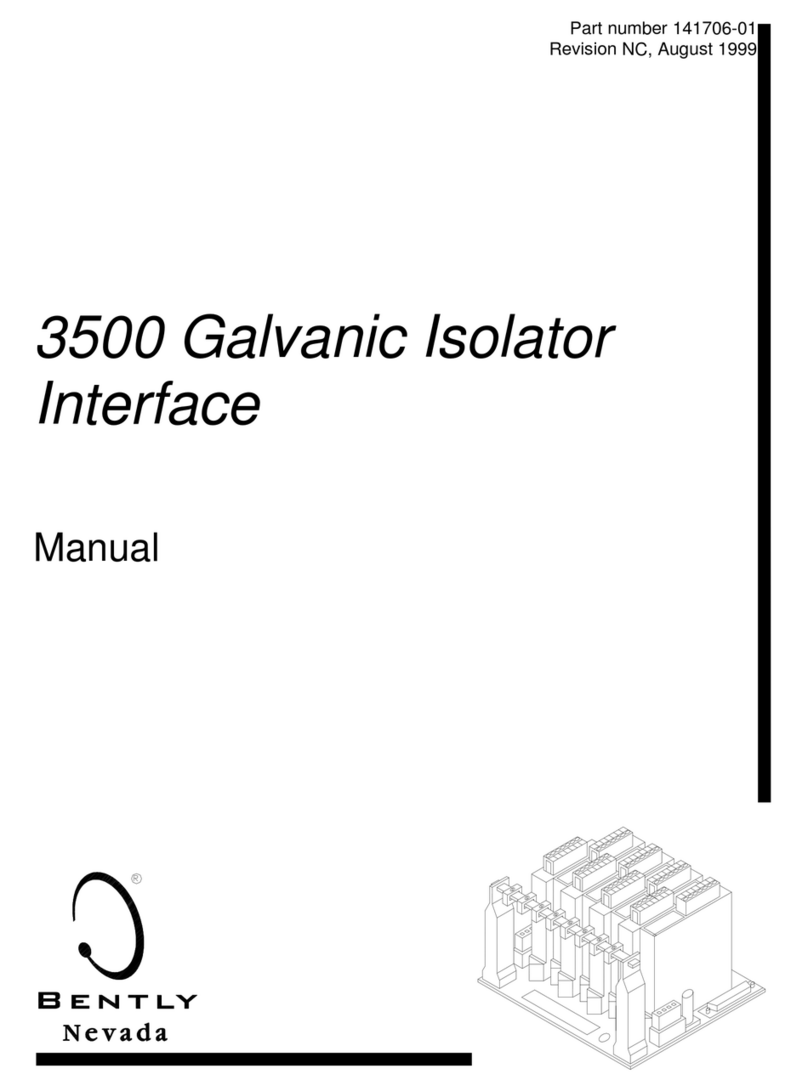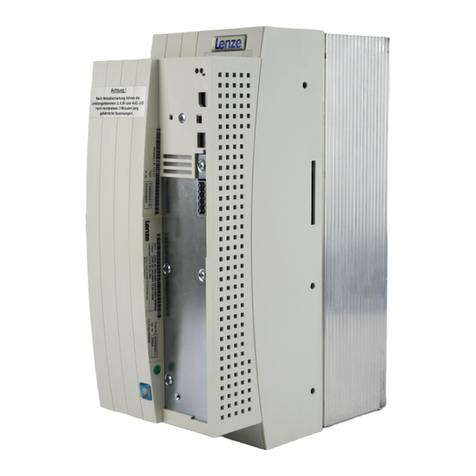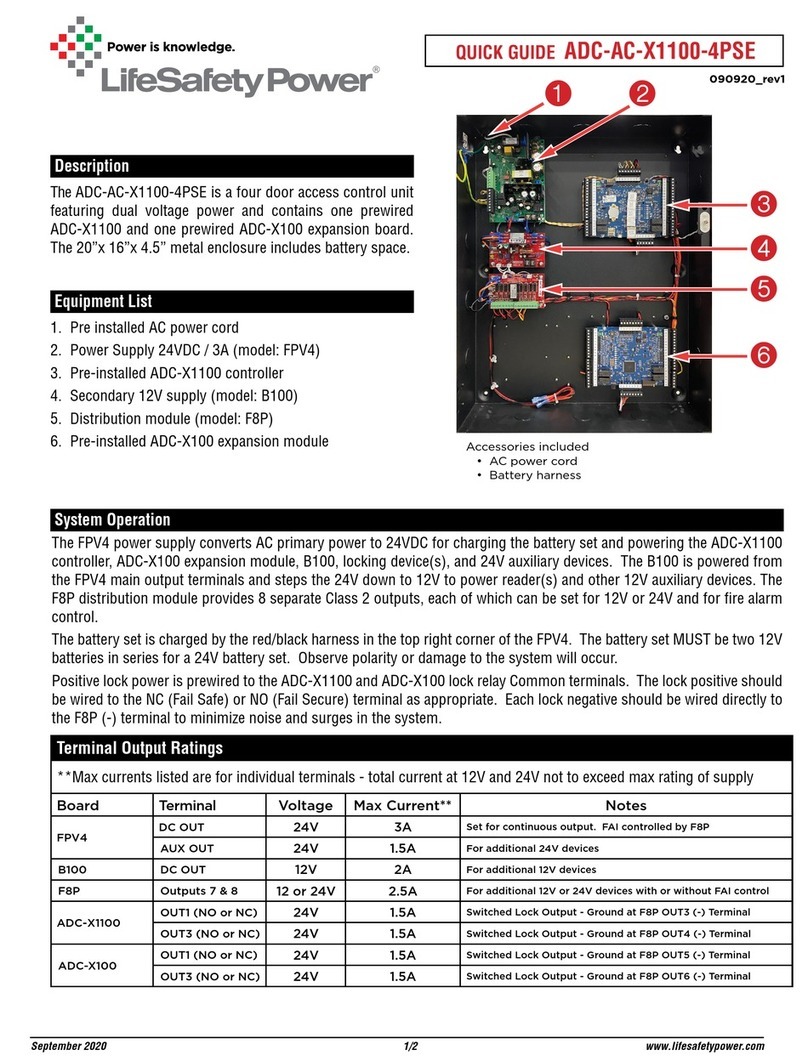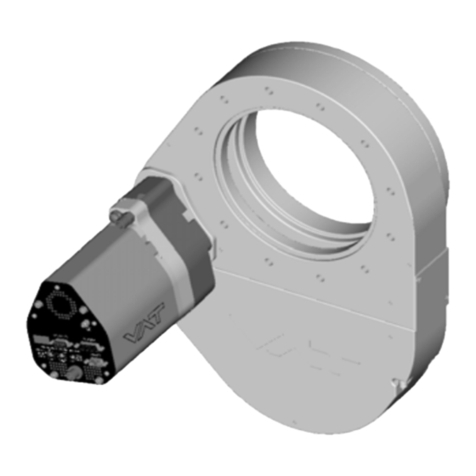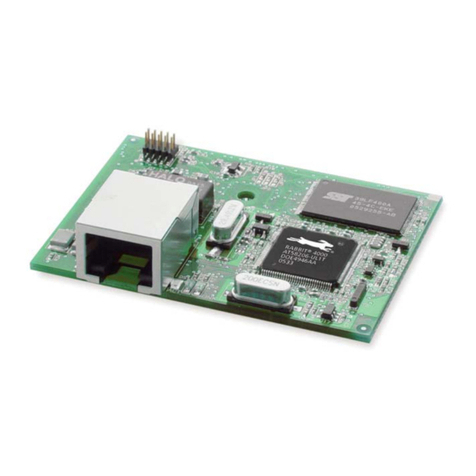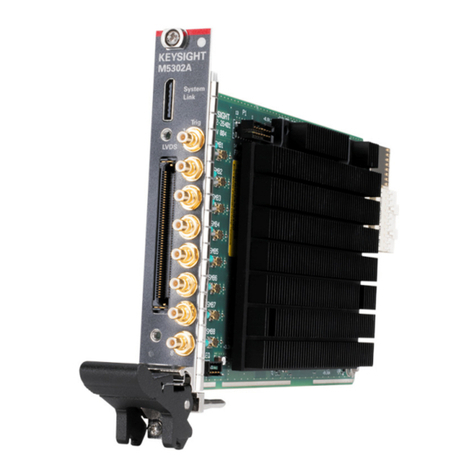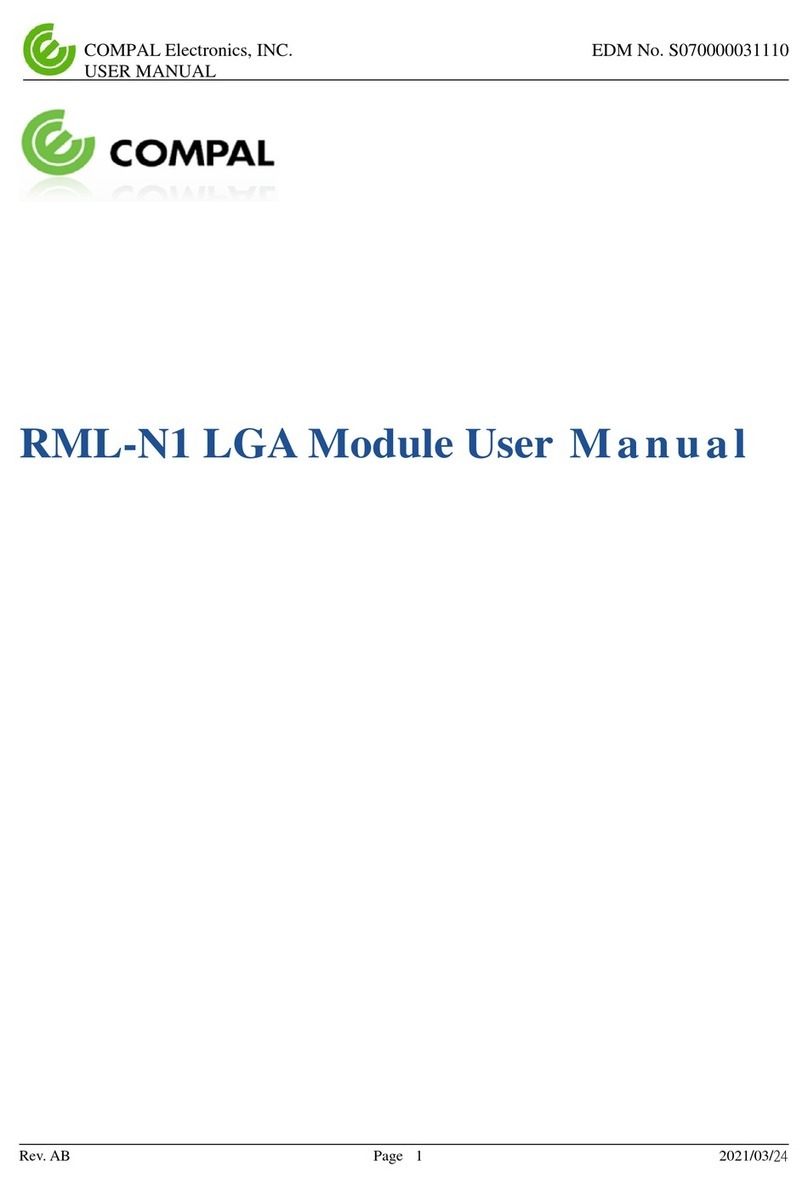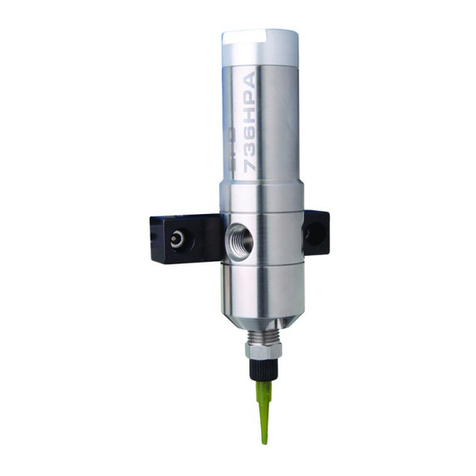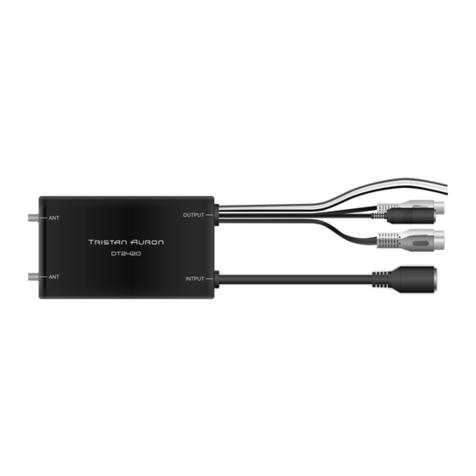
6
Electrical Interfaces .................................................................................................. 23
Main electrical interface .................................................................................... 24
Fast wavelength modulation input ................................................................. 24
Laser Control ............................................................................................................. 24
User interface ...................................................................................................... 24
Status LEDs ................................................................................................................26
Module labels ............................................................................................................ 27
Section 2 OPERATING THE LASER 29
2 Communicating with the Laser ...................................................................................... 31
CONTROL software .................................................................................................. 31
Installing the software ........................................................................................ 31
Software Development Kit ...................................................................................... 31
Generic User Interface ....................................................................................... 31
Connecting the laser to a PC with CONTROL .................................................. 32
Connecting the laser to a PC using the Generic User Interface .................. 34
3 Turning On the Laser ...................................................................................................... 35
Safety ........................................................................................................................... 35
Preparation ................................................................................................................. 35
Controlling the laser emissions ............................................................................ 36
Turning On the laser .......................................................................................... 36
4 Using CONTROL ............................................................................................................... 39
CONTROL overview ................................................................................................ 39
Relocating panels ............................................................................................... 40
Toggling panels .................................................................................................... 41
Connecting to the laser ...................................................................................... 41
Status panel ................................................................................................................ 41
Status indicators .................................................................................................. 42
System info ........................................................................................................... 42
Emission button ................................................................................................... 43
CONTROL settings ............................................................................................. 43




















